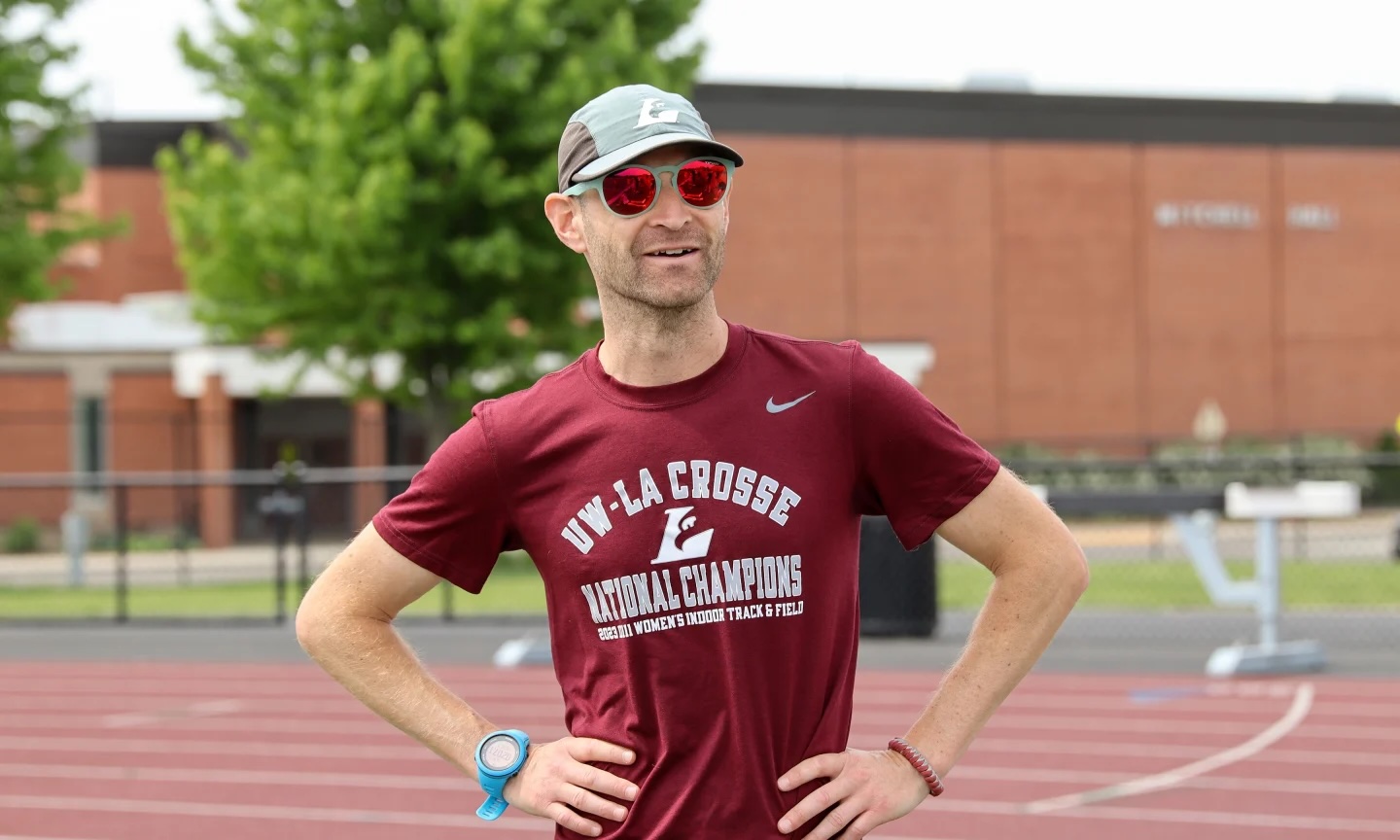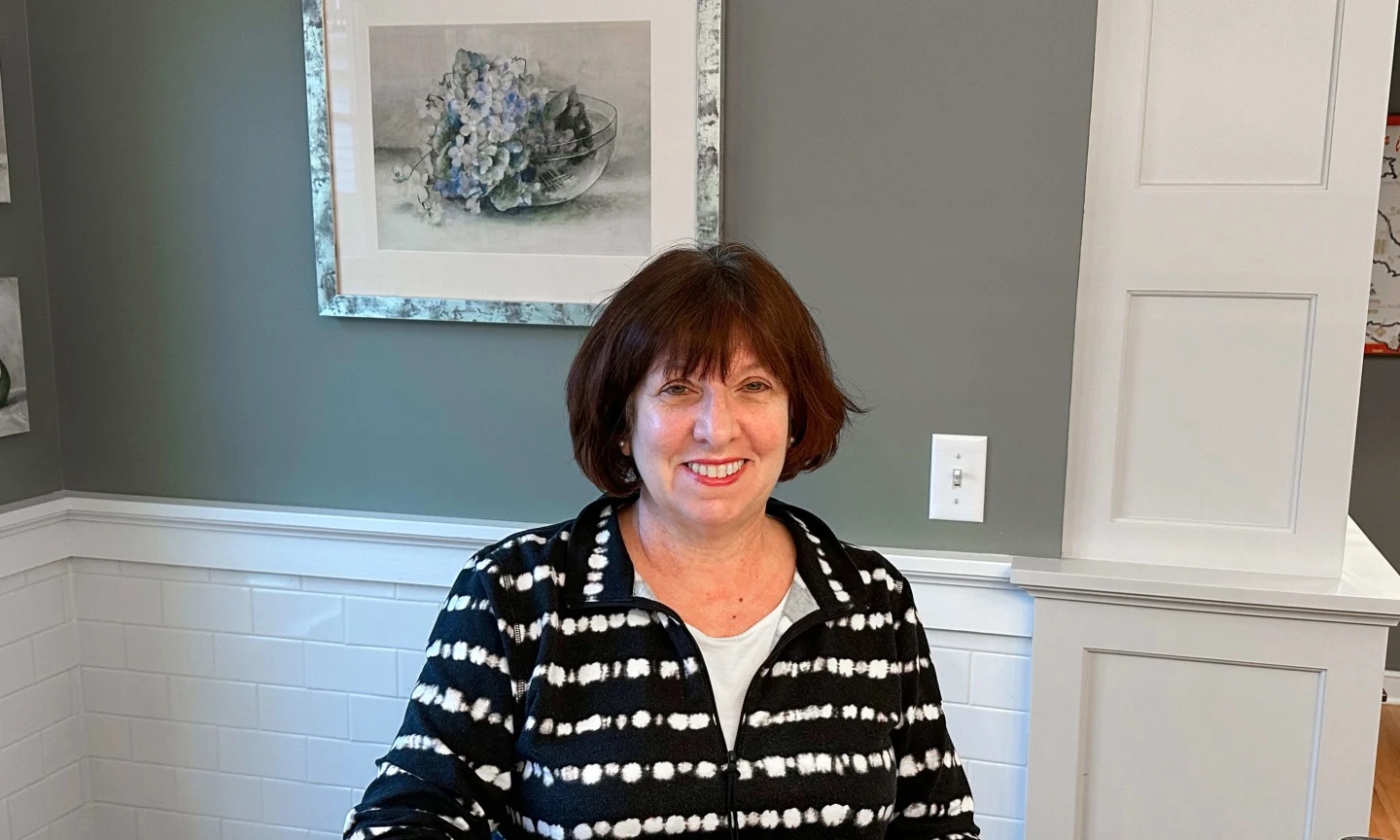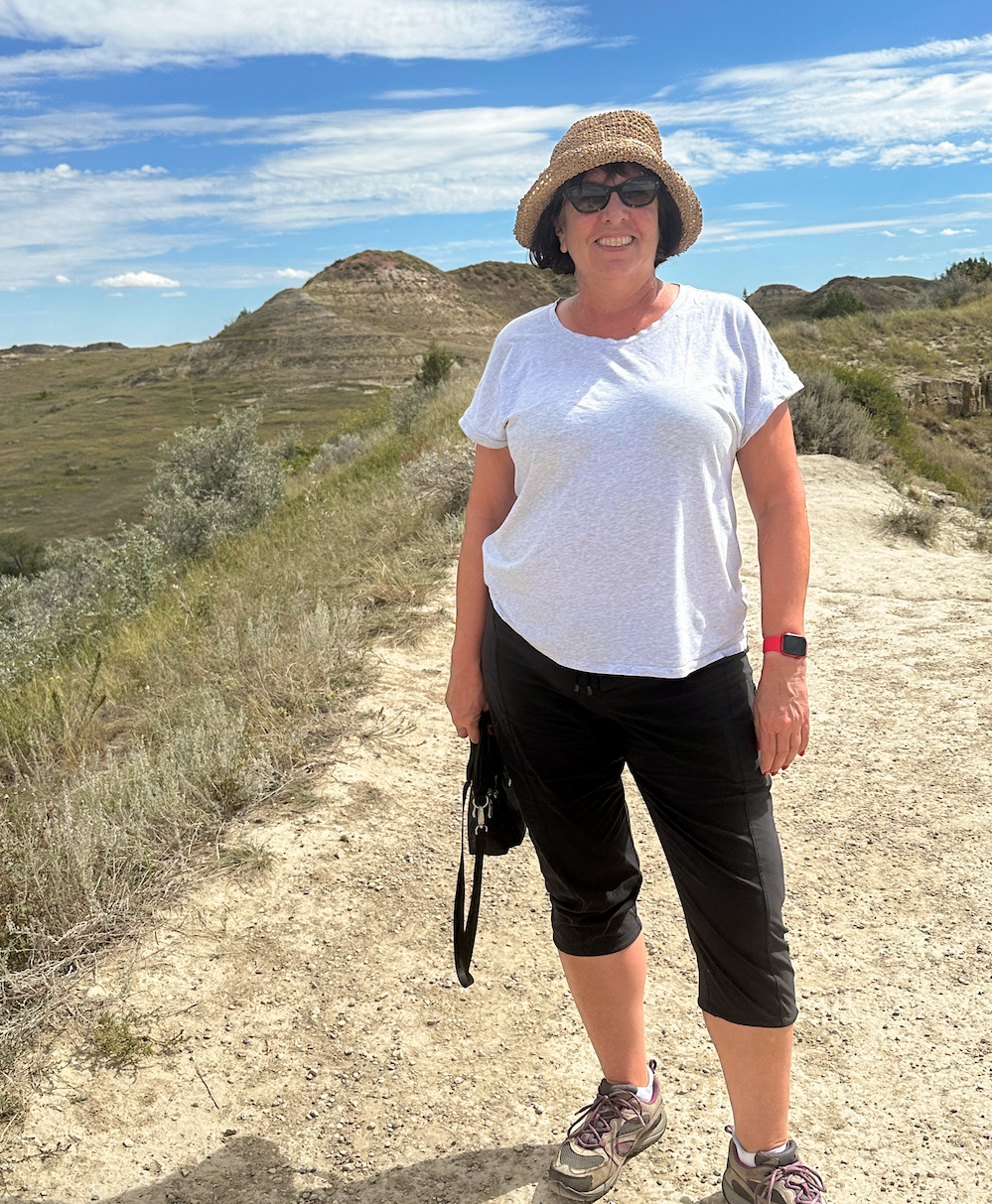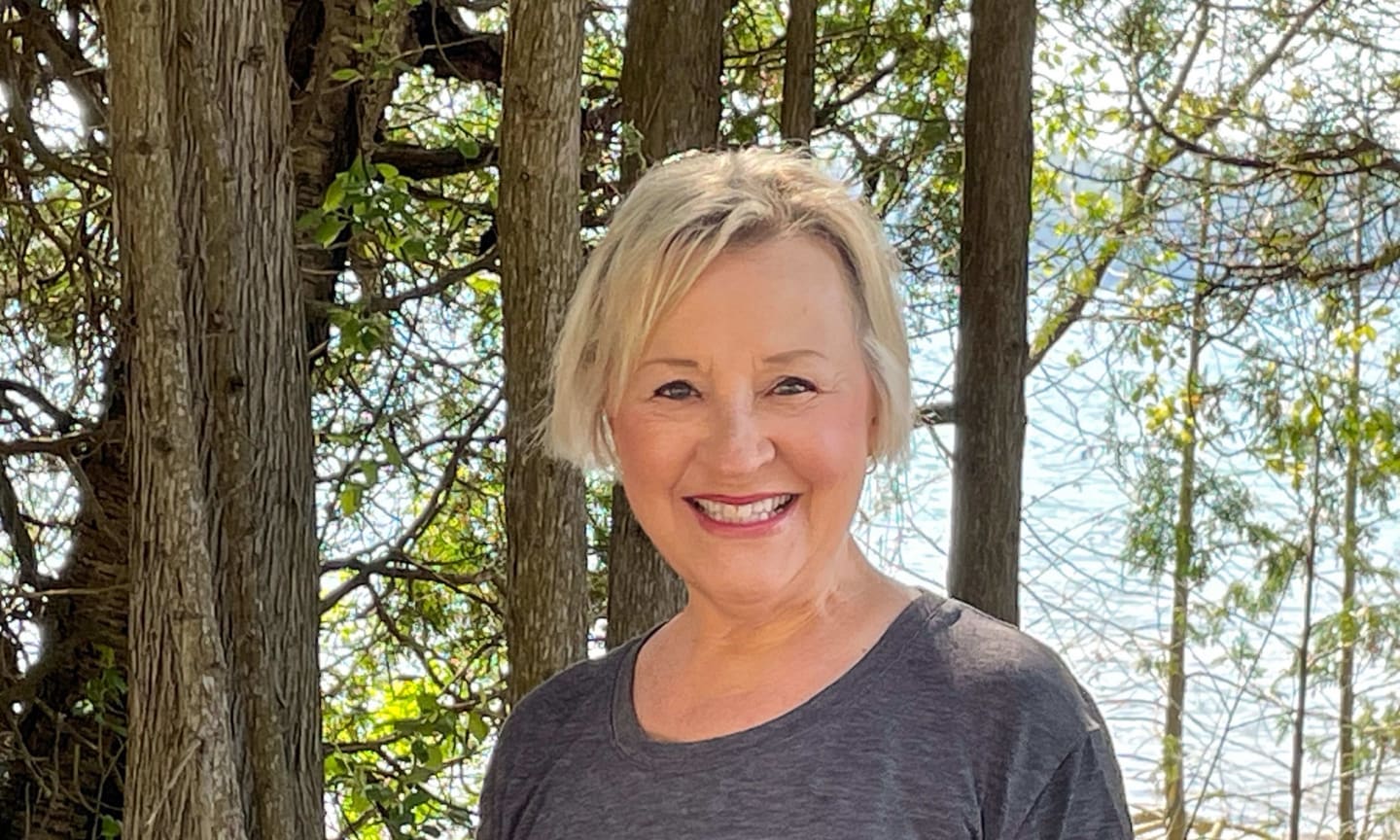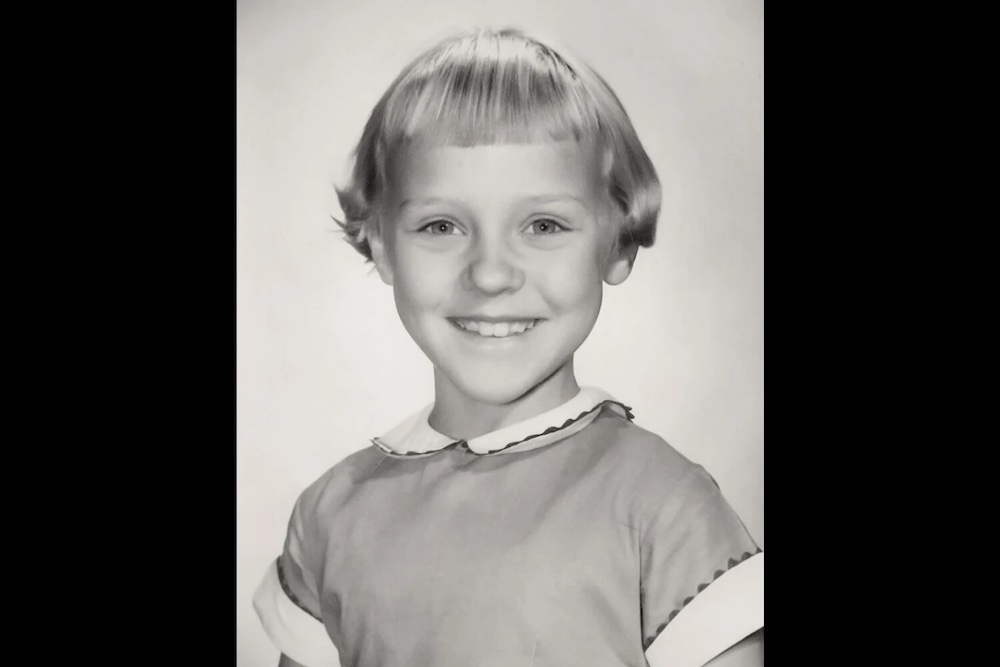There’s no quit in Tom
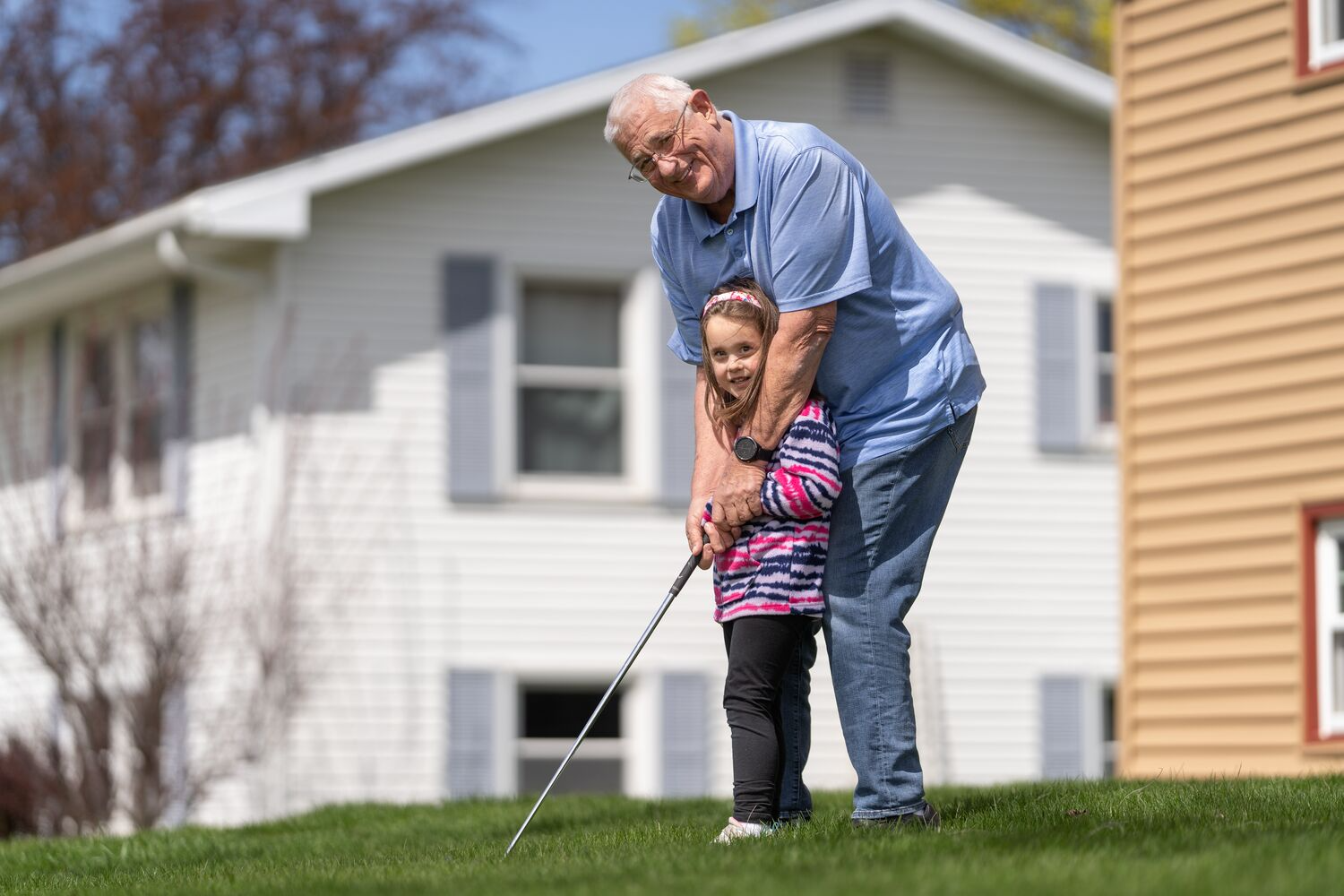
In his 69 years, Tom Nickel has fought more than his share of health battles.
He was diagnosed with kidney disease before turning 30, had both hips replaced and underwent neck fusion surgery to give him more stability in his spine.
In early 2024, Tom embarked on yet another medical journey. His mobility had been declining and the pain in his back was getting worse. One Sunday morning, however, Tom woke up with no feeling whatsoever in his legs.
“It was totally gone,” he says.
Initially, Tom was taken to the community hospital in his hometown of Waupun, Wisconsin, but it became clear that he needed to be treated at a larger hospital with specialists in spine surgery and kidney disease.
As soon as he could be transferred to Madison, Tom went straight to the operating room, where Dr. Miranda Bice, a UW Health orthopedic spine surgeon, would perform a decompression and stabilization operation to relieve pressure on Tom’s spinal cord that was caused by a narrowing of his spinal canal between his shoulder blades.
“When I was taken to the operating room,” Tom says, “I remember Dr. Bice and the nurses telling me they will do the best they can for me. They couldn’t promise anything, including whether I would ever again walk or regain sensation in my legs.”
After a few days of recovery, Tom was transferred to the UW Health Rehabilitation Hospital on Madison’s far east side. Fueled in part by an unstoppable desire to get better, Tom outperformed expectations with his progress. Rehabilitation can be a grind some days, but Tom’s drive to get better left an everlasting impression on his care team.
Incredibly determined to get better
“Tom was incredibly determined from the first time I met him,” says Dr. Jacob Halvorsen, a UW Health rehabilitation medicine physician. “He said he would walk out of the rehab hospital with a walker, and I honestly didn’t believe him.”
David Grieve, a UW Health physical therapist who spent countless hours working with Tom, says that initially, Tom not only lacked coordination but also proprioception, which is the body’s ability to sense where its parts are in space.
“People without coordination and proprioception are typically confined to a wheelchair,” Grieve says. “They simply don’t have enough control of their muscles to walk safely because they can’t get their arms and legs to move where they want them to. When Tom first got here, his legs would move uncontrollably both side to side and back and forth.”
Rehab Hospital patients receive three hours of therapy each weekday. It’s an aggressive regimen that can overwhelm some patients, but Tom jumped into the routine.
“Tom and I spent a lot of time trying to build up his heart rate using a body weight support system that protects him from falling in case his legs give out,” Grieve says.
“After just a few days at the Rehab Hospital,” adds Dr. Halvorsen, “I knew he would have a good stay. He progressed much more than I anticipated.”
His surgeon, Dr. Bice, says it’s still too soon to know how much more progress Tom can make, but what he has achieved so far is remarkable nonetheless.
“Many people with Tom’s injury go home wheelchair bound,” says Dr. Bice. “Tom had a great rehab team and his attitude certainly helps too. He’s clearly getting some neurological function back that appeared to be permanently lost.”
Aside from his wife Linda, his two grown children and three grandchildren, Tom’s biggest passion is playing golf, which he was doing three times a week until Thanksgiving 2023.
“I told Dr. Bice that I would be back on the golf course by July (2024) and she said you might want to back off on that a bit,” Tom says.
While he is already practicing his swing in the backyard, only time will tell if he’ll be able to play on a course again.
“Mental attitude is such a big part of the ballgame,” Tom says. “You have to want it more than anybody else.”
Meanwhile, cancer strikes Tom’s wife
Tom is not the only fighter in the Nickel household. Around the time he started kidney dialysis, Tom’s wife Linda was diagnosed with cancer. Despite a very uncertain prognosis, she is doing well following an intensive course of chemotherapy.
“Linda went through so much more than I did,” Tom says. I didn’t want to burden her with the stress of caring for me when she was dealing with a life-threatening illness. I either had to be self-sufficient or go somewhere else.”
Tom acknowledges that his stubbornness sometimes works to his own detriment, but the gratitude he expresses for the care he received from UW Health is nothing short of infinite.
“Everyone at the Rehab Hospital was caring, kind and compassionate,” he says. “I didn’t meet one person who was not always trying to do what was best for me. Everybody radiated positivity, and I could not have made this much progress without them.”
About two days before he was scheduled to go home, Tom told one of his nurses that when it came time to leave, he’d be walking to his car with a walker.
“I’m sorry, Tom,” replied the nurse. “We always take patients to their vehicle or medical transportation van in a wheelchair.”
You can probably guess how that story ended. Hint — it did not involve a wheelchair.
This story originally appeared on uwhealth.org.

